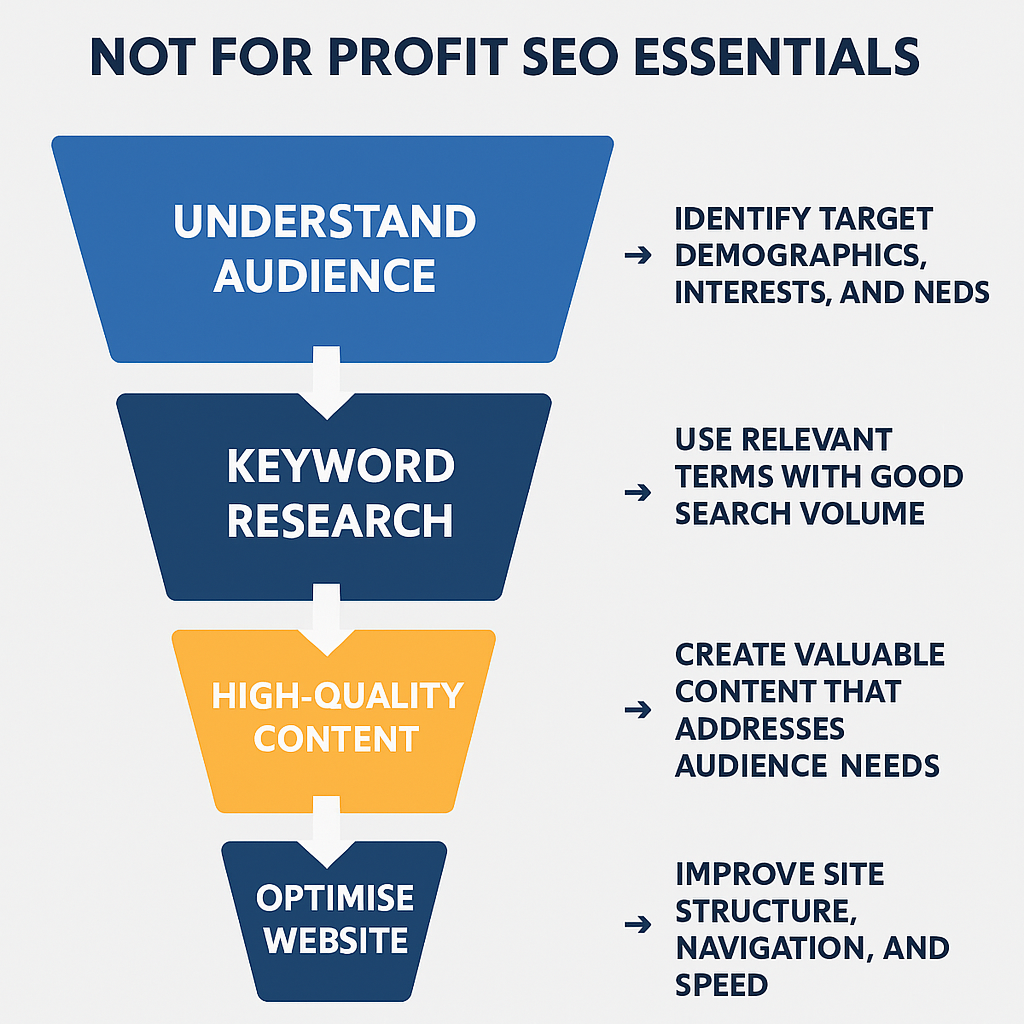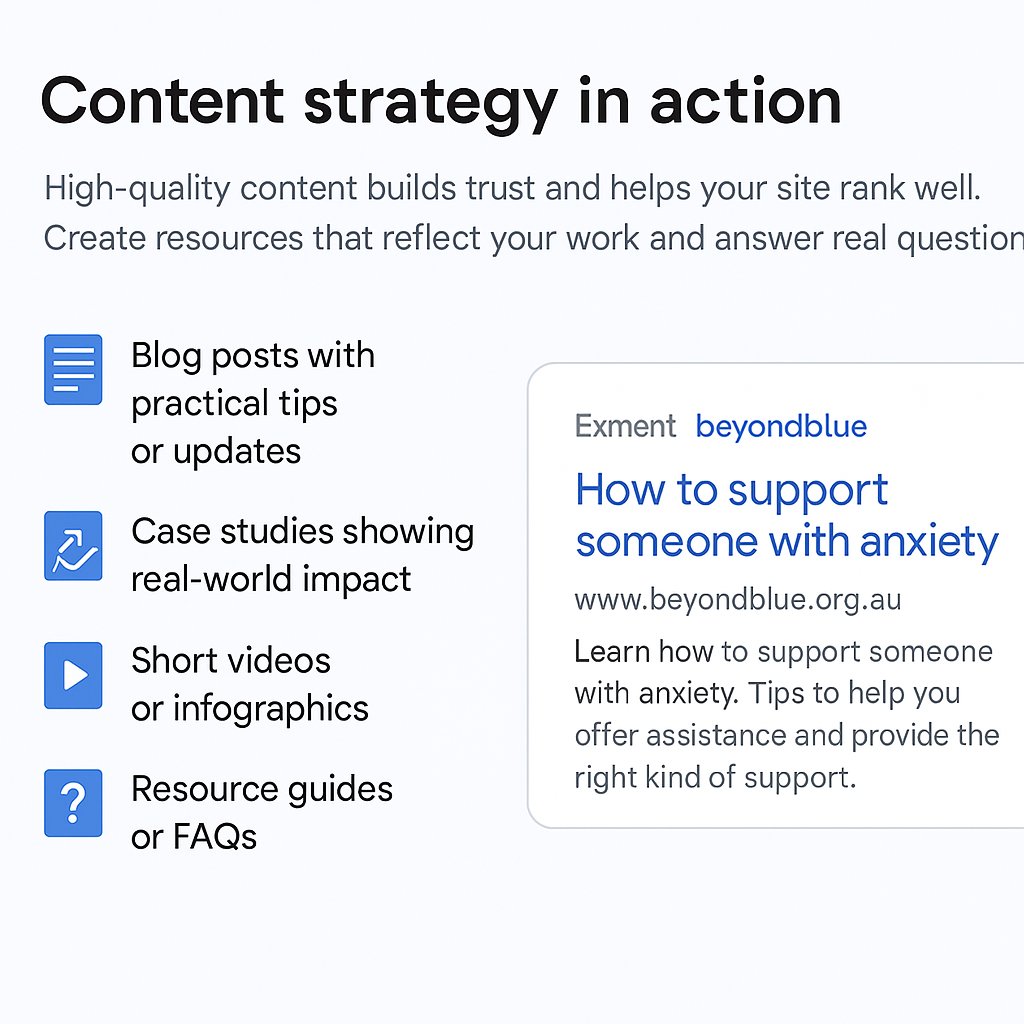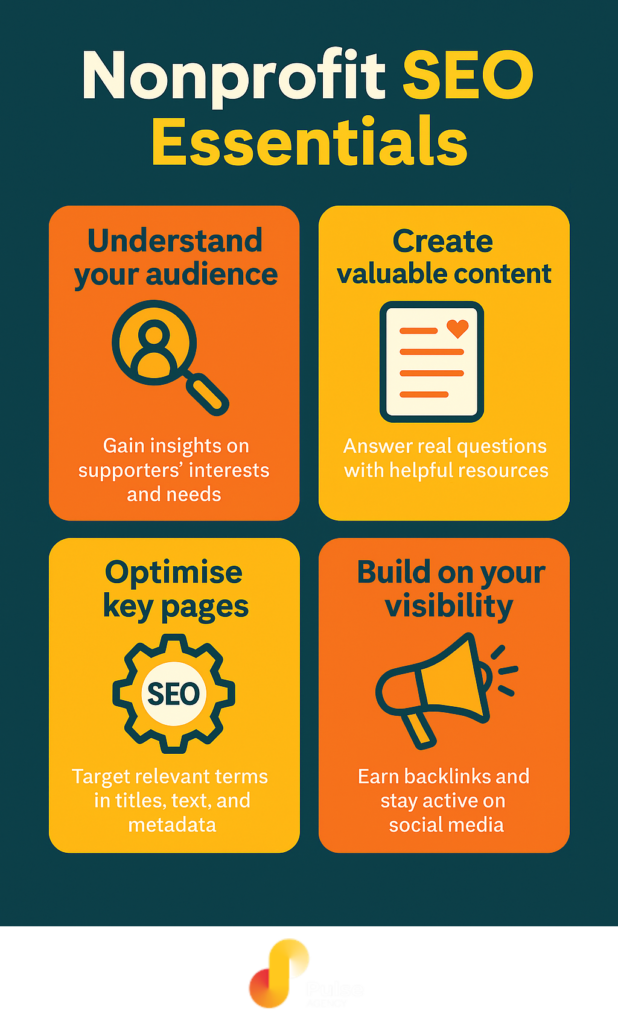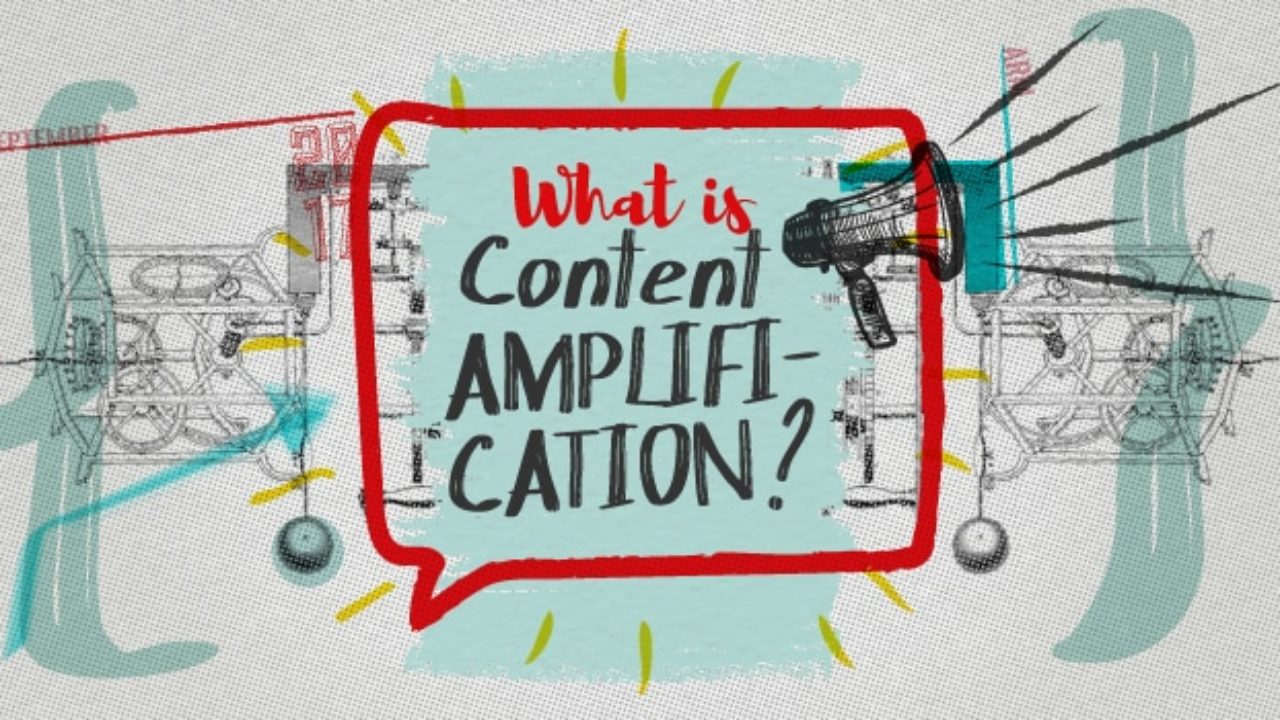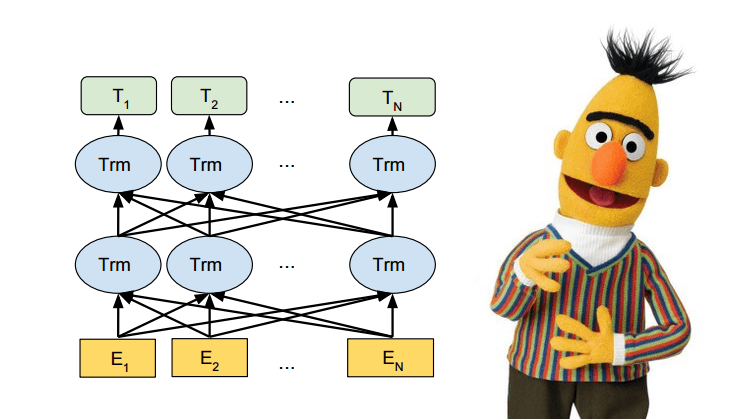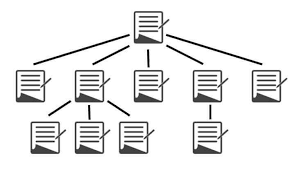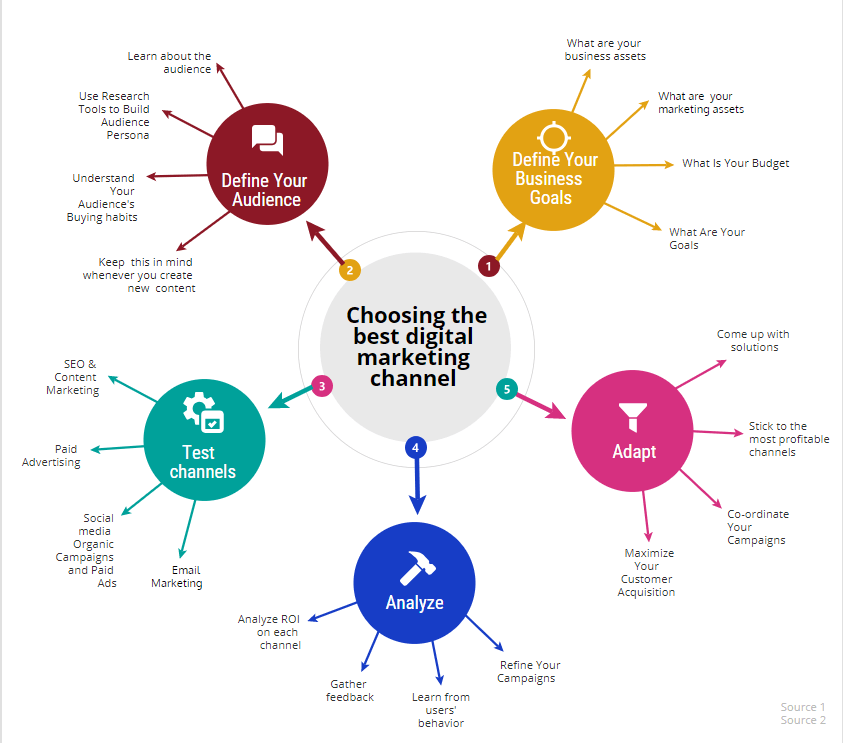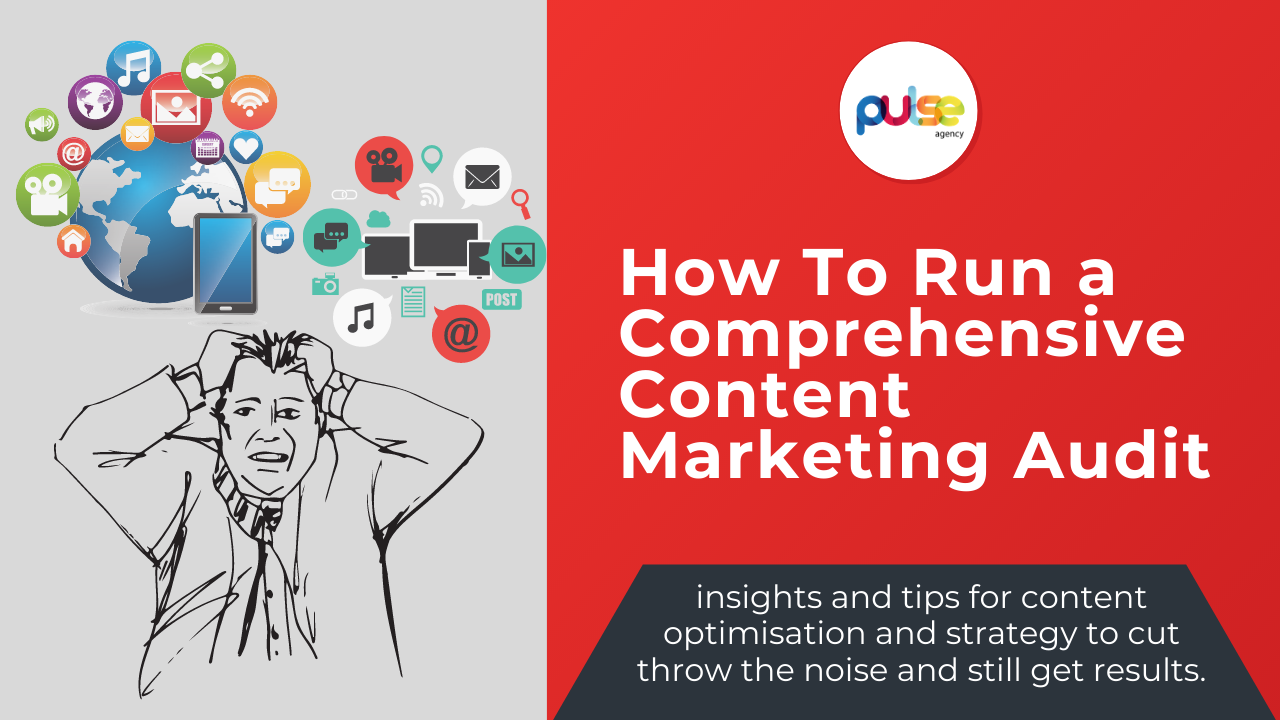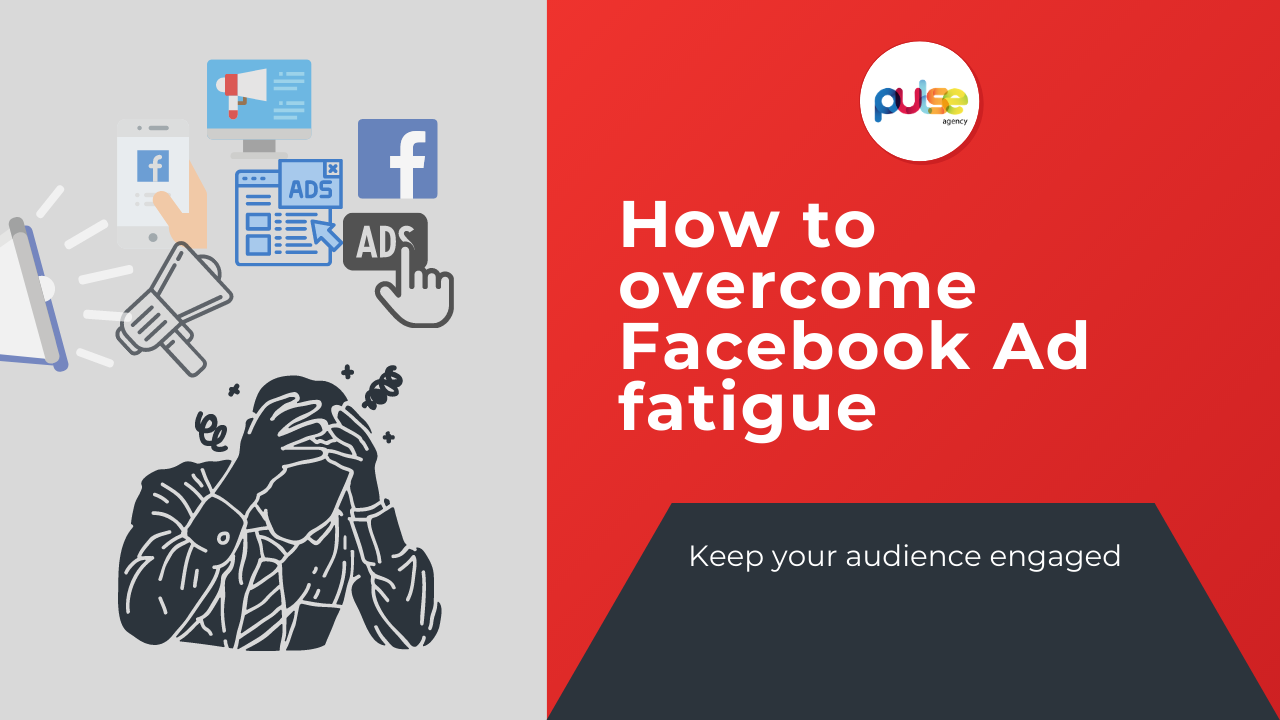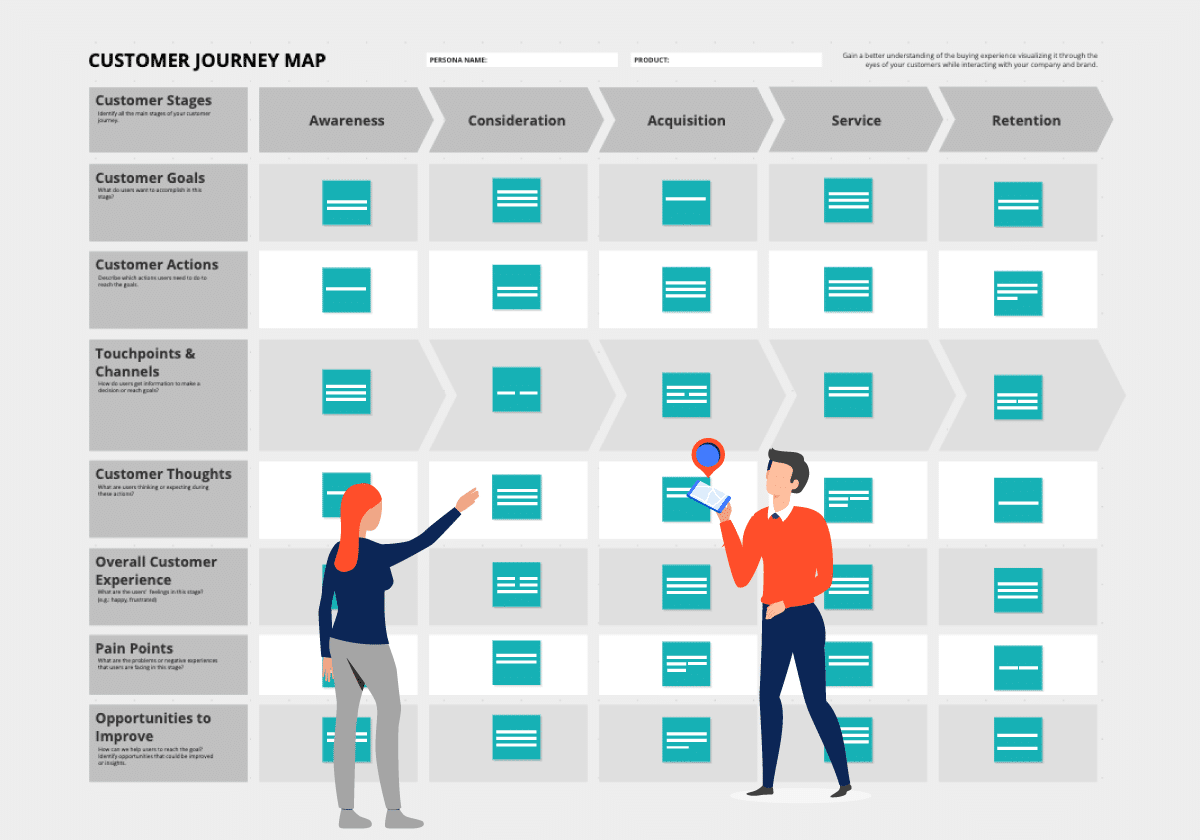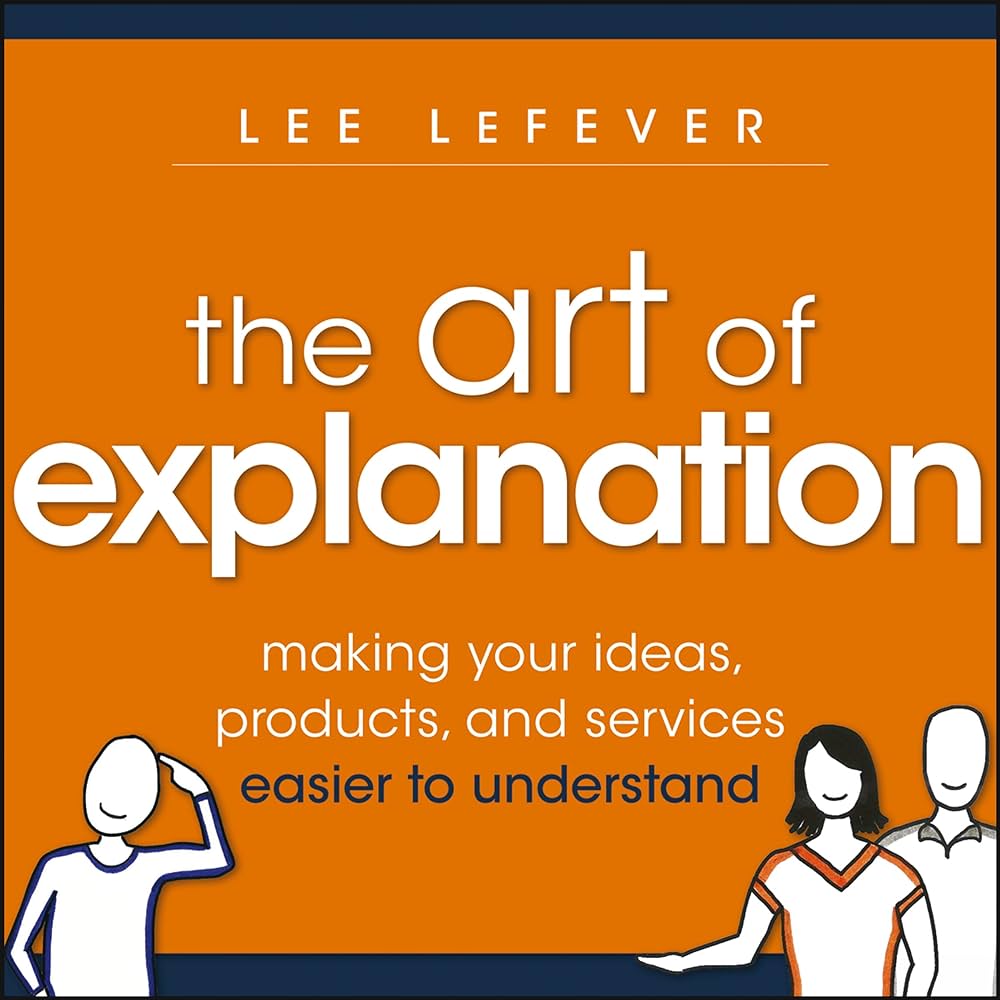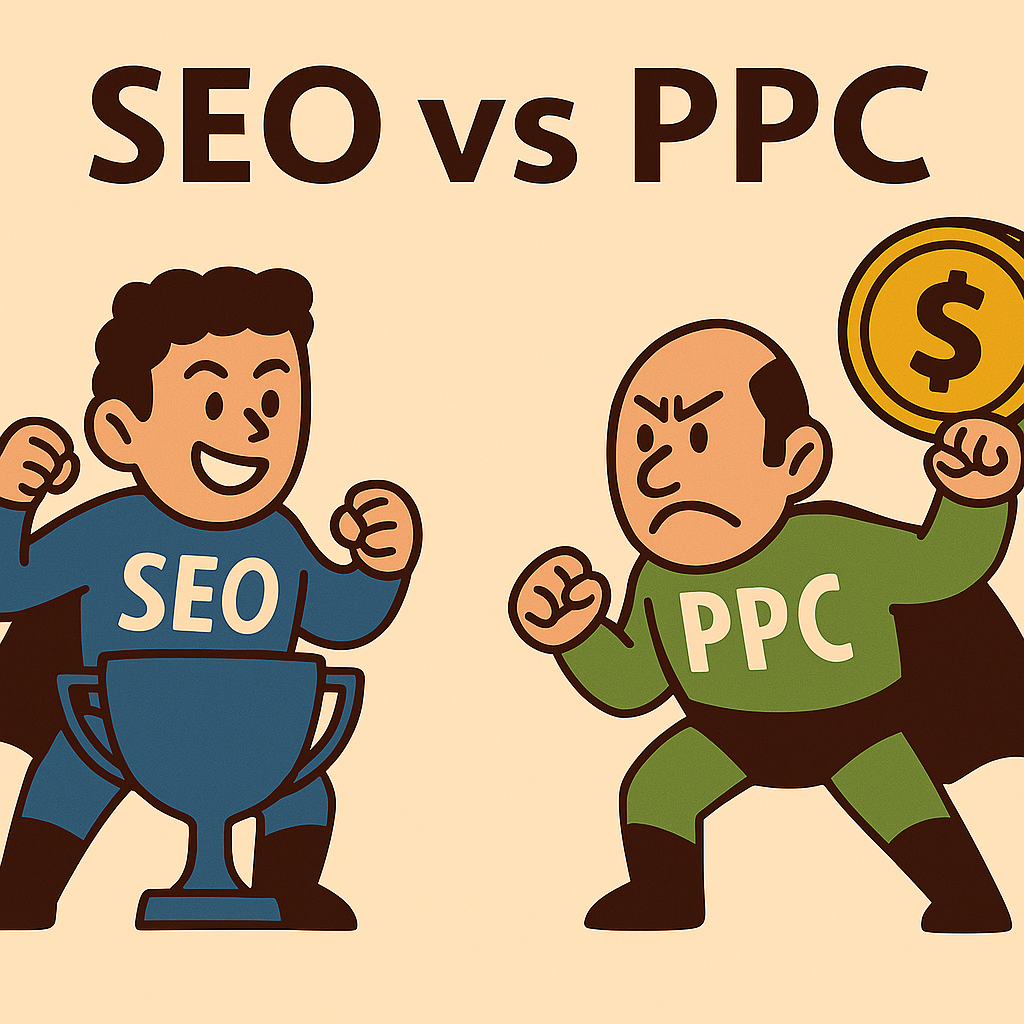
SEO for not-for-profits in Australia: how to grow your cause online
Content Marketing Marketing by verticals Not For Profit SEO
For not-for-profits, standing out in search results is essential. A strong SEO strategy helps your organisation reach more people, raise awareness, attract donors, and engage volunteers. In this guide, we cover the most effective SEO techniques for Australian not-for-profits—focusing on visibility, trust, and engagement. Why not-for-profit SEO matters Search engine optimisation (SEO) helps people discover […]
For not-for-profits, standing out in search results is essential. A strong SEO strategy helps your organisation reach more people, raise awareness, attract donors, and engage volunteers.
In this guide, we cover the most effective SEO techniques for Australian not-for-profits—focusing on visibility, trust, and engagement.
Table of Contents
Why not-for-profit SEO matters
Search engine optimisation (SEO) helps people discover your website when they search for topics related to your mission. With the right strategy, your organisation can:
- Increase visibility to new supporters
- Drive relevant website traffic
- Build credibility in your sector
- Convert visitors into action-takers
Example: WIRES (NSW Wildlife Information, Rescue and Education Service) uses SEO to appear in local searches like “help injured possum” or “wildlife rescue Sydney”—ensuring they reach the right people in moments of need.
Understand your audience and create the right content
Before diving into keywords or backlinks, start with your audience. Who are you trying to reach—donors, volunteers, community members?
Build audience personas that go beyond age or gender. Include their motivations, challenges, and online behaviour. Then map content to these goals:
- Informational: blog posts, explainers, fact sheets
- Navigational: clear menus, “About Us” and “Get Involved” pages
- Transactional: donation forms, event registrations, volunteer sign-ups
Example: The Smith Family targets donors with landing pages for “sponsor a child Australia”—a highly searched phrase that aligns with their mission.
Related: Understanding Audiences: A Critical Step to Master Your Digital Marketing Campaigns
Choose the right keywords
Keyword research helps you match your content with what your audience is searching for. Use tools like Google Keyword Planner, Ubersuggest, or Semrush to:
- Find topics your audience cares about
- Identify long-tail keywords (e.g. “homeless shelter for women in Sydney”)
- Spot gaps in your current content
Focus on localised terms. If you operate in Victoria, for example, use location-specific keywords like “mental health support Geelong” or “volunteer Melbourne CBD”.
Related: How to Do a Content Audit
Create valuable, accessible content
High-quality content builds trust and helps your site rank well. Create resources that reflect your work and answer real questions.
Try a mix of formats:
- Blog posts with practical tips or updates
- Case studies showing real-world impact
- Short videos or infographics
- Resource guides or FAQs
Example: Beyond Blue’s content strategy includes simple, searchable guides like “how to support someone with anxiety,” which are highly visible in Google and provide real value.
Related: Creating a Winning Content Strategy for Both Customers and Search Engines
Watch this helpful overview: This short video walks through simple, actionable SEO tips tailored for not-for-profit organisations in Australia—covering content strategy, audience targeting, and keyword planning.
On-page SEO checklist
Make sure each page of your website includes:
- Clear page titles with keywords (e.g. “Volunteer with us | ABC Foundation”)
- Meta descriptions that encourage clicks
- Alt text on images describing their content
- Headings (H1, H2, H3) that guide the reader and Google
- Internal links between related content
Bonus: Learn more in How Important is Internal Linking for SEO
External: Yoast’s On-page SEO Guide
Improve your site performance
Technical SEO ensures your site runs smoothly. A few fixes can go a long way:
- Use HTTPS for security
- Improve mobile usability and speed
- Optimise images (small file size, proper names)
- Create a logical site structure
Example: Oxfam Australia’s website is fast, responsive, and intuitive—making it easy for users and Google to navigate.
Related: How to Turn Your Website Into a Powerful Conversion-Driven Powerhouse
Earn backlinks and build authority
When credible sites link to yours, it signals trust to search engines. Here’s how to build backlinks:
- Partner with local councils or media for press features
- Write guest articles for relevant blogs
- Get listed in local directories (e.g. ACNC, GiveNow)
- Collaborate with other not-for-profits
Example: GIVIT earned national press coverage during bushfire recovery, which led to high-authority backlinks and more search traffic.
External: Google’s link-building best practices
Use social media strategically
While social posts don’t directly impact rankings, they drive traffic, boost visibility, and generate engagement.
- Share updates, impact stories, and new content
- Use hashtags like #DonateAustralia or #VolunteerSydney
- Link back to your site in posts and bios
- Tag partners, councils, or media to increase exposure
Example: RUOK? Day uses Instagram and Facebook to share visuals and direct traffic to key campaigns and support tools.
Related: Social Signs Do Matter in SEO
Monitor your SEO and refine your strategy
Set up Google Analytics and Google Search Console to track:
- Organic traffic trends
- Keyword rankings
- Bounce and conversion rates
Review content performance regularly and update underperforming pages. Add internal links, rewrite titles, or improve the layout for better engagement.
Tip: Tools like PageSpeed Insights, Semrush, or Hotjar can help identify problems with load time or user flow.
Related: Stop the Pointless Clicks Now
When to get expert support
SEO can be complex—especially if you’re wearing multiple hats. An SEO specialist or agency can help with:
- Auditing your current site
- Fixing technical issues
- Creating a content roadmap
- Training your internal team
Example: When Vinnies launched their new online donation platform, they worked with consultants to improve page structure, speed, and SEO performance.
Related: The Future of Backlink Analysis: Leveraging ChatGPT and SEO Platforms
Final thoughts
SEO is one of the most effective ways to grow your not-for-profit’s impact online. By aligning your content with what people are searching for, improving your site experience, and sharing your story in the right places, you’ll reach more people—and help more people.
You don’t need to do everything at once. Start small. Measure results. Grow steadily.
And if you’re stuck, talk to an SEO partner who understands the not-for-profit space in Australia.
Related: Case Study – Chapman Solicitors: A Lead Generation Funnel for a Lawyer’s Industry Niche
External: SEO for Nonprofits (Moz Guide)


